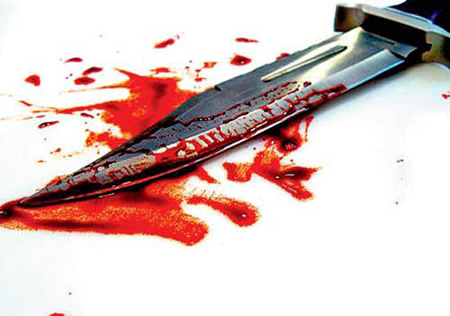Love’s Labour: The Invention Of Dating
- Home
- Love’s Labour: The Invention Of Dating

Love’s Labour: The Invention Of Dating
 Until the start of the 20th century, the rules of courtship were fairly straightforward. Male suitors called on eligible women under the watchful eyes of concerned adults.
Until the start of the 20th century, the rules of courtship were fairly straightforward. Male suitors called on eligible women under the watchful eyes of concerned adults.
Keen chaps visited regularly and with the intent to marry. It was a dance to which everyone knew the steps. Modern pursuers are not so lucky. Who pays? When can one text? Just how aloof should one be? Whether you are hoping for a relationship or just casual sex, dating “often feels like the worst, most precarious form of contemporary labour: an unpaid internship,” writes Moira Weigel in “Labour of Love”, an occasionally amusing and often provocative look at the work of wooing.
The rules of love, Ms Weigel argues, are shaped by economics.
The concept of “dating” only came about at the dawn of the industrial age, when new opportunities lured young people to cities in droves.
Working women were soon exposed to an array of potential mates, but many lived in tenements or boarding houses that were unfit for hosting callers.
So men offered to escort romantic prospects to restaurants or dance halls, luring poorly paid women with the prospect of a “free treat”. Policing vice squads initially found these transactions suspect and often arrested ladies who partook in them.
But as these practices spread among the working classes, saloons and amusement parks sprang up to earn their business. By the mid-1910s even the middle classes considered “dating” a legitimate way to woo.
Shifting demographics also played a role. Falling birth-rates allowed parents to dote on fewer children, who were increasingly likely to go to school.
Young people began mixing in new ways, particularly once American colleges went co-ed in the 1920s. Cars granted young lovers unprecedented privacy, leading one University of Michigan professor to sniff in 1928: “What is vulgarly known as ‘petting’ is the rule rather than the exception.” Perhaps it is the destiny of parents to be horrified by the habits of their children. In the 1950s many were appalled that young people were “going steady” when they should have been dutifully shopping around. Yet a shortage of American men after the second world war made it wiser for women to get cosy with one instead of playing the field.
The mating marketplace has spurred countless businesses. In the 1920s even respectable ladies began painting their faces, and the cosmetics industry exploded. As late as the 1960s most drinking establishments barred unaccompanied women, leading one enterprising New Yorker to open a place called T.G.I. Friday’s, and the “singles bar” was born (the place became so popular it needed velvet ropes). The videotape dating services used by time-poor yuppies in the 1980s set the stage for the boom in high-tech mate-shopping by the turn of the 21st century. And the desire to keep dating well into one’s 40s before settling on a partner has boosted demand for fertility treatments.
In this lively tour of changing romantic mores, Ms Weigel occasionally rambles off-course.
She tends to bury thinly argued points beneath grand statements, and she reserves most of her sympathy for women. But she is right to note that modern courtship is full of mixed messages.
Women who are pushed to “lean in” at work are often told to pull back to appeal to men. Men who may answer to women at the office are encouraged to seem invincible after hours and pay for the pleasure, too.
Ms Weigel argues that this arrangement sustains the fiction that men are still in control of courtship—and may also explain why, in these uncertain economic times, the labour of love is so terribly confusing.
‘Labour of Love: The Invention of Dating’ is a book by Moira Weigel.
Source: Economist
- Share
Classic Ghana
Classic Ghana brings you into a fun world of arts, entertainment, fashion, beauty, photography, culture and all things in between. Let’s explore these together!







